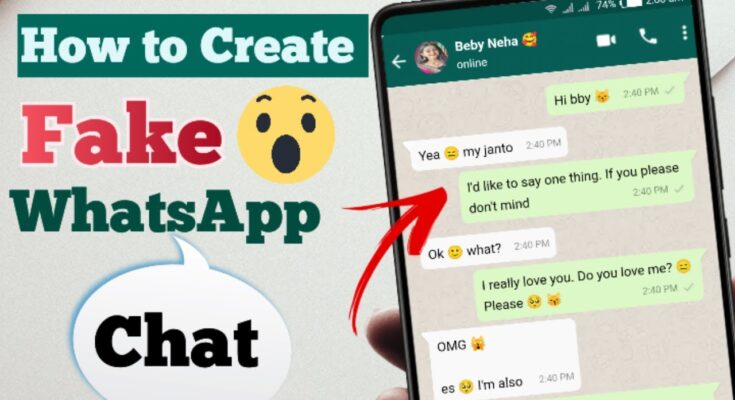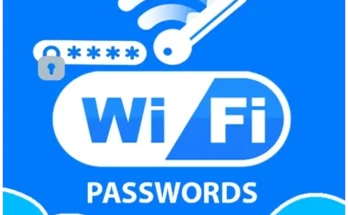In today’s digital landscape, the capacity to fabricate fictitious chat exchanges has swiftly become a favored utility for an array of imaginative and functional endeavors. From weaving witty social media narratives to curating engaging promotional campaigns, fake chat generators empower users to construct lifelike dialogues with minimal effort. However, with this convenience arises a significant ethical dimension that demands thoughtful consideration.
The Fundamentals of Fake Chat Generators
Fake chat generators are digital tools, often hosted online or in mobile applications, designed to simulate conversations that mimic the appearance of genuine messaging platforms such as WhatsApp, Facebook Messenger, Instagram, and others. These utilities grant users the freedom to tailor every component of the interaction, from the participants’ names and profile images to the content of the messages, timestamps, and even the message status indicators, offering a remarkable degree of realism.
Usage and Surging Popularity
The widespread adoption of fake chat generators has surged in recent years, propelled by their adaptability and user-friendly nature. Below are a few prominent applications:
- Social Media Content Creation: Many individuals create fake chats to fuel humor or relatable content across social media platforms like Instagram, Twitter, and TikTok. These dialogues frequently reflect commonplace situations, delivering a humorous or thought-provoking commentary that resonates deeply with audiences.
- Marketing and Advertising: Brands and influencers alike leverage these tools to develop imaginative and captivating marketing strategies. For instance, a brand might generate a faux conversation between two users discussing a product, thereby spotlighting its features and advantages in an informal yet persuasive manner.
- Storytelling and Narrative Enhancement: Authors and digital creators utilize these generators to produce dialogues that amplify their narratives. In the realm of modern storytelling, where digital communication is increasingly central, these tools add authenticity and depth to the narrative structure.
Realism through Customization
A defining feature of fake chat generators lies in their ability to replicate genuine conversations convincingly. Users can fine-tune every aspect to ensure the exchange appears authentic. Here’s how:
- Select a Messaging Template: Whether opting for WhatsApp, iMessage, or another platform, selecting the proper interface sets the stage for crafting a believable chat.
- Customize Profiles: Adding bespoke names, profile images, and status updates imbues the chat with a personalized touch, further enhancing its authenticity.
- Tailor the Messages: Every message can be edited to align with the narrative, adjusting tone, vocabulary, and content to suit the context seamlessly.
- Control Timing and Read Status: Nuances like the time a message was sent or whether it was marked as “read” significantly contribute to the realism of the simulated conversation.
Ethical Implications
Despite their creative potential, fake chat generators present notable ethical challenges. Using these tools to deceive, manipulate, or cause harm to others can lead to serious ramifications. It’s imperative to weigh the consequences and possible impact of disseminating fabricated chats, whether shared publicly or sent to specific individuals.
Conclusion: A Balance Between Creativity and Integrity
Fake chat generators offer a novel and imaginative avenue for engaging with digital content. Whether utilized for amusement, storytelling, or marketing, they present a distinctive way to craft dialogues that captivate attention. Yet, as with any technological tool, it is crucial to wield them with responsibility, ensuring that the boundary between creative expression and deceit remains intact.




